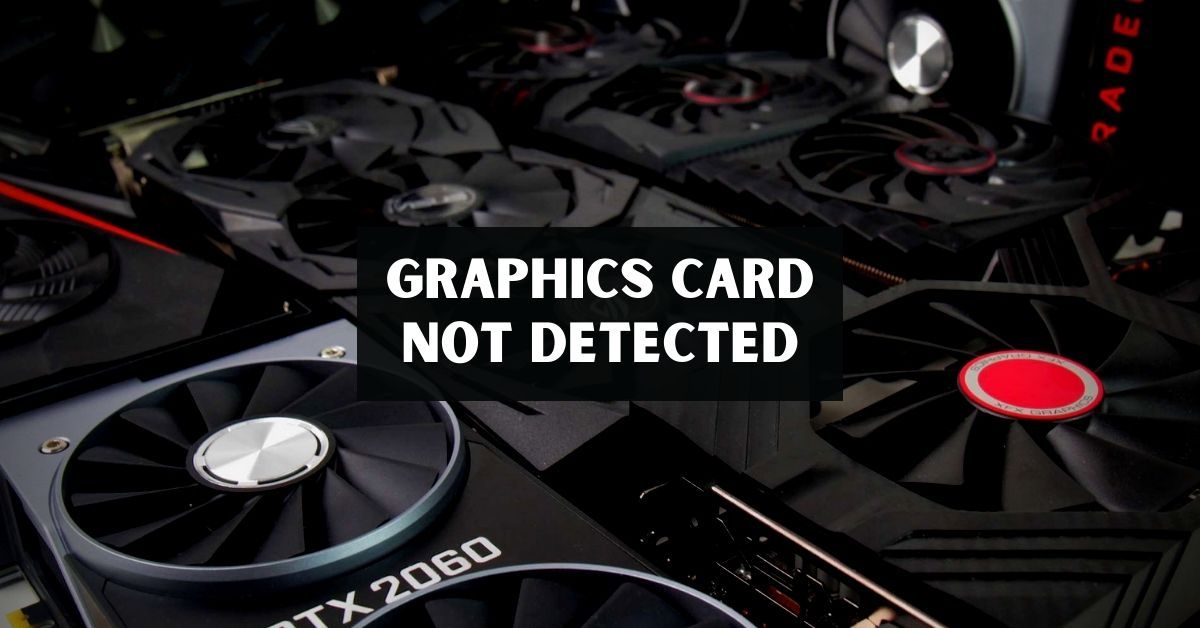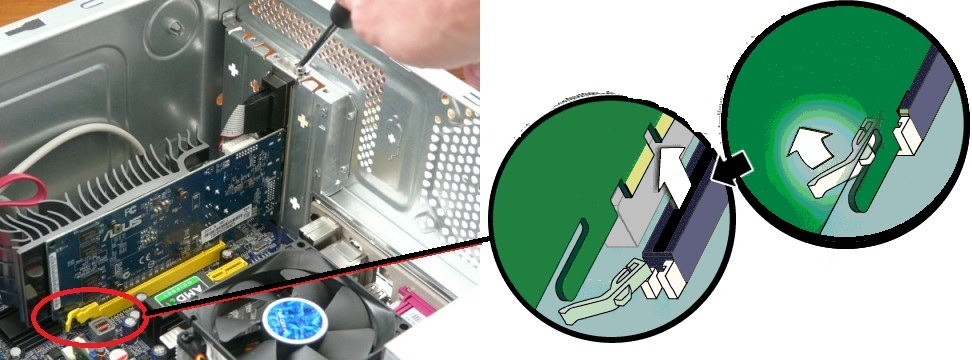


We have found that updating the display driver may fix many problems that do not even seem related to the graphics card. Anyway it did solve the crash problem, which was what we intended. As you can see it even changed the name of the graphics adapter.

Selecting and running the download for the correct Windows version nicely installed a new Display driver (see the image above). On your own PC this will of course in most cases be a different type.Įntering " i5-2520M" in this Intel search option resulted in a list of drivers, including a few for the graphics card. This is needed as this integrated graphics card uses the processor for the graphics display, which makes the driver depend on the processor type. For our HP laptop this was an " Intel Code i5-2520M". That name can also be found in the Device Manager (see the image above), under Processors. You can also choose ‘Enable device’ by clicking on your GPU to fix the problem. The trick was to look for the name of the laptop's processor. At that point, your first step should be to go to Device Manager, find your GPU, and check if it’s disabled. The download page on the Intel website also offers an option to "Search for a download" by entering a " Product name or keyword". Please Note: If your graphics card is inside of your PC but no drivers are installed or the drivers are not functioning correctly, you may not be able to access the NVIDIA Control Panel.The Windows Device manager shows the Display adapter and it's new driver.įinally, after seeking expert advise, we found what we needed to do: Scrolling down will reveal the Device ID and Part Number The right panel lists important details about your GPU including the display driver version currently installed, the amount of video memory onboard, the video BIOS version of your GPU, etc. In the example below, the notebook is powered by a Quadro 5000M GPU. Here is how to run Windows Updates: 1) On your keyboard, press the Windows logo key and I at the same time, then click Update & security. The left panel lists all of the NVIDIA GPUs currently installed in your PC under Items.

Once in Device Manager hit the View menu and select show hidden devices. Type set devmgrshownonpresentdevices1 and hit enter 4. Right click on cmd and click Run as administrator 3. The System Information window resembles the image below. Press theWindows key, typecmd in search box 2. This will bring up the System Information panel. This will launch the NVIDIA Control Panel.Ģ) From within the NVIDIA Control Panel, left-click the System Information link on the bottom left hand corner. If your PC features an NVIDIA based graphics card and is using an NVIDIA display driver, you can identify the model of the GPU (Graphics Processing Unit) in your graphics card by accessing the NVIDIA System Information section of the NVIDIA Control Panel.ġ) With your mouse, right-click the Windows desktop and select NVIDIA Control Panel as shown in the image below.


 0 kommentar(er)
0 kommentar(er)
